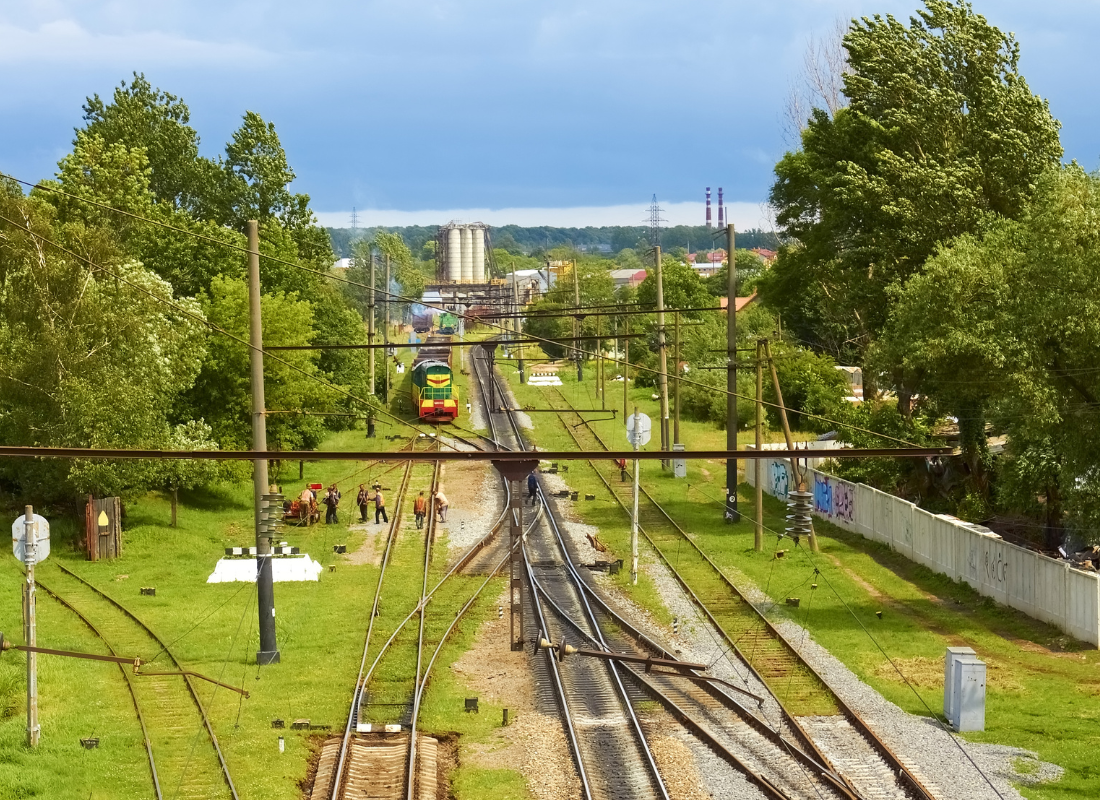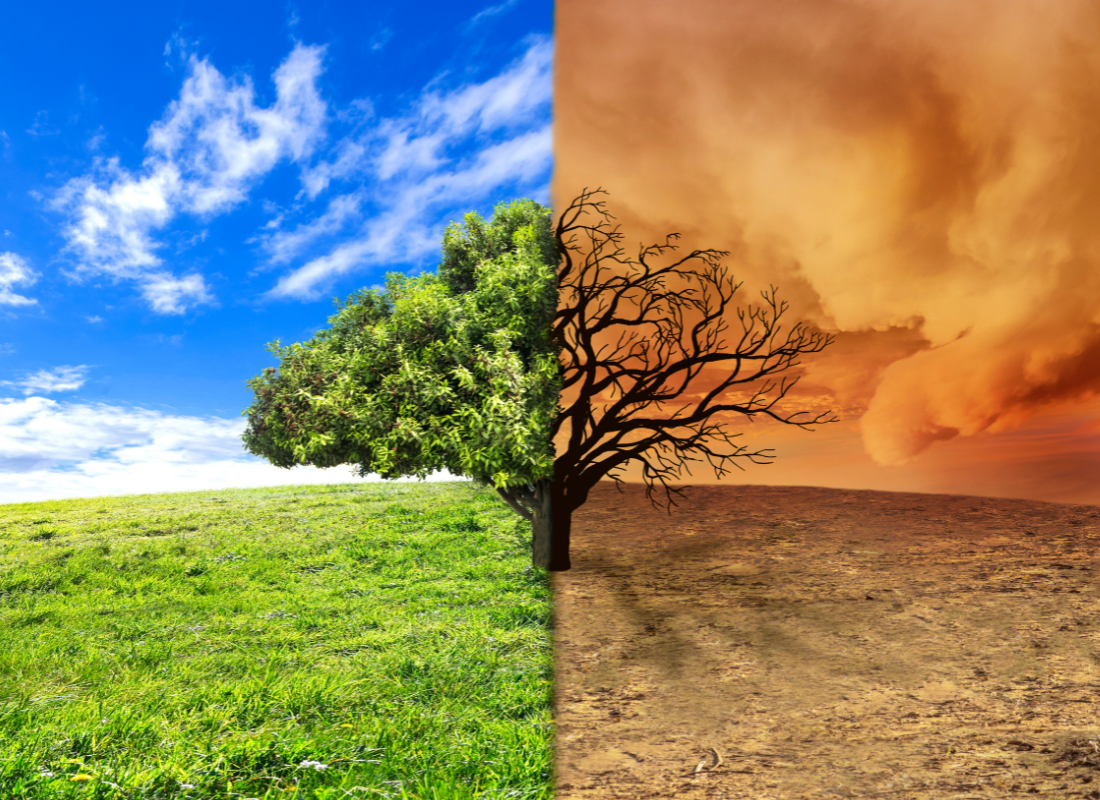
In our quest for sustainability, transportation emerges as a critical frontier. As we endeavor to reduce our carbon footprint and mitigate environmental impact, the concept of sustainable transportation has gained traction.
However, achieving truly sustainable transportation is fraught with challenges, particularly ecological ones.
In this article, we delve into the intricate web of ecological challenges that accompany the pursuit of sustainable transportation.
Carbon Emissions and Air Quality
 One of the foremost ecological challenges of sustainable transportation is the mitigation of carbon emissions. Traditional modes of transportation, such as cars, trucks, and airplanes, are major contributors to greenhouse gas emissions. These emissions not only exacerbate climate change but also deteriorate air quality, posing serious health risks to humans and ecosystems alike.
One of the foremost ecological challenges of sustainable transportation is the mitigation of carbon emissions. Traditional modes of transportation, such as cars, trucks, and airplanes, are major contributors to greenhouse gas emissions. These emissions not only exacerbate climate change but also deteriorate air quality, posing serious health risks to humans and ecosystems alike.
Transitioning to sustainable transportation options, such as electric vehicles (EVs) and public transit, is imperative for reducing carbon emissions. However, the production and disposal of EV batteries, as well as the generation of electricity to power them, present their own ecological challenges.
Moreover, the infrastructure required to support mass transit systems can have significant ecological impacts, particularly if not planned and implemented thoughtfully.
Land Use and Habitat Fragmentation
 The expansion of transportation infrastructure often entails land conversion and habitat fragmentation, which disrupts ecosystems and threatens biodiversity. Highways, railways, and urban sprawl can fragment habitats, isolate populations, and impede the movement of wildlife. This fragmentation not only diminishes biodiversity but also undermines ecosystem resilience and functionality.
The expansion of transportation infrastructure often entails land conversion and habitat fragmentation, which disrupts ecosystems and threatens biodiversity. Highways, railways, and urban sprawl can fragment habitats, isolate populations, and impede the movement of wildlife. This fragmentation not only diminishes biodiversity but also undermines ecosystem resilience and functionality.
Balancing the need for transportation infrastructure with ecological conservation requires careful planning and innovative solutions. Implementing green infrastructure, such as wildlife crossings and habitat corridors, can help mitigate the ecological impacts of transportation projects.
Additionally, prioritizing compact, mixed-use development and investing in alternative transportation modes like cycling and walking can reduce the demand for new infrastructure and minimize habitat destruction.
Resource Depletion and Pollution
 Sustainable transportation is often associated with renewable energy sources and cleaner technologies. However, the production and maintenance of these technologies still rely on finite resources and can generate pollution. For instance, the extraction of raw materials for electric vehicle batteries and renewable energy infrastructure can lead to habitat destruction, water pollution, and ecosystem degradation.
Sustainable transportation is often associated with renewable energy sources and cleaner technologies. However, the production and maintenance of these technologies still rely on finite resources and can generate pollution. For instance, the extraction of raw materials for electric vehicle batteries and renewable energy infrastructure can lead to habitat destruction, water pollution, and ecosystem degradation.
Furthermore, the operation of transportation systems, whether powered by fossil fuels or renewable energy, entails the release of pollutants such as particulate matter, nitrogen oxides, and volatile organic compounds. These pollutants not only contribute to air and water pollution but also have detrimental effects on human health and ecosystems.
Addressing these ecological challenges requires a holistic approach that considers the entire lifecycle of transportation systems. Embracing circular economy principles, promoting resource efficiency, and investing in clean manufacturing technologies are crucial steps toward reducing resource depletion and pollution associated with sustainable transportation.
Climate Resilience and Adaptation
 As climate change intensifies, transportation infrastructure becomes increasingly vulnerable to extreme weather events, sea-level rise, and other climate-related hazards. Flooding, landslides, and wildfires can disrupt transportation networks, compromise safety, and exacerbate ecological impacts.
As climate change intensifies, transportation infrastructure becomes increasingly vulnerable to extreme weather events, sea-level rise, and other climate-related hazards. Flooding, landslides, and wildfires can disrupt transportation networks, compromise safety, and exacerbate ecological impacts.
Moreover, changes in temperature and precipitation patterns can alter ecosystems, affect wildlife migration patterns, and introduce invasive species.
Building climate resilience into transportation planning and design is essential for mitigating these ecological challenges. This involves adopting nature-based solutions, such as green infrastructure and coastal restoration, to enhance the resilience of transportation infrastructure and protect ecosystems.
Additionally, integrating climate projections and risk assessments into transportation planning processes can help identify vulnerable areas and prioritize adaptation measures.
Conclusion
 The ecological challenges of sustainable transportation are multifaceted and complex, requiring integrated solutions that address environmental, social, and economic considerations.
The ecological challenges of sustainable transportation are multifaceted and complex, requiring integrated solutions that address environmental, social, and economic considerations.
Transitioning to sustainable transportation systems is not without its hurdles, but the imperative to mitigate climate change, protect biodiversity, and safeguard ecosystems necessitates decisive action.
By embracing innovation, collaboration, and sustainable practices, we can navigate these challenges and pave the way toward a more environmentally responsible transportation future.
From electrifying fleets and expanding public transit to preserving green spaces and promoting active mobility, every step toward sustainable transportation is a stride toward a healthier planet for current and future generations.




